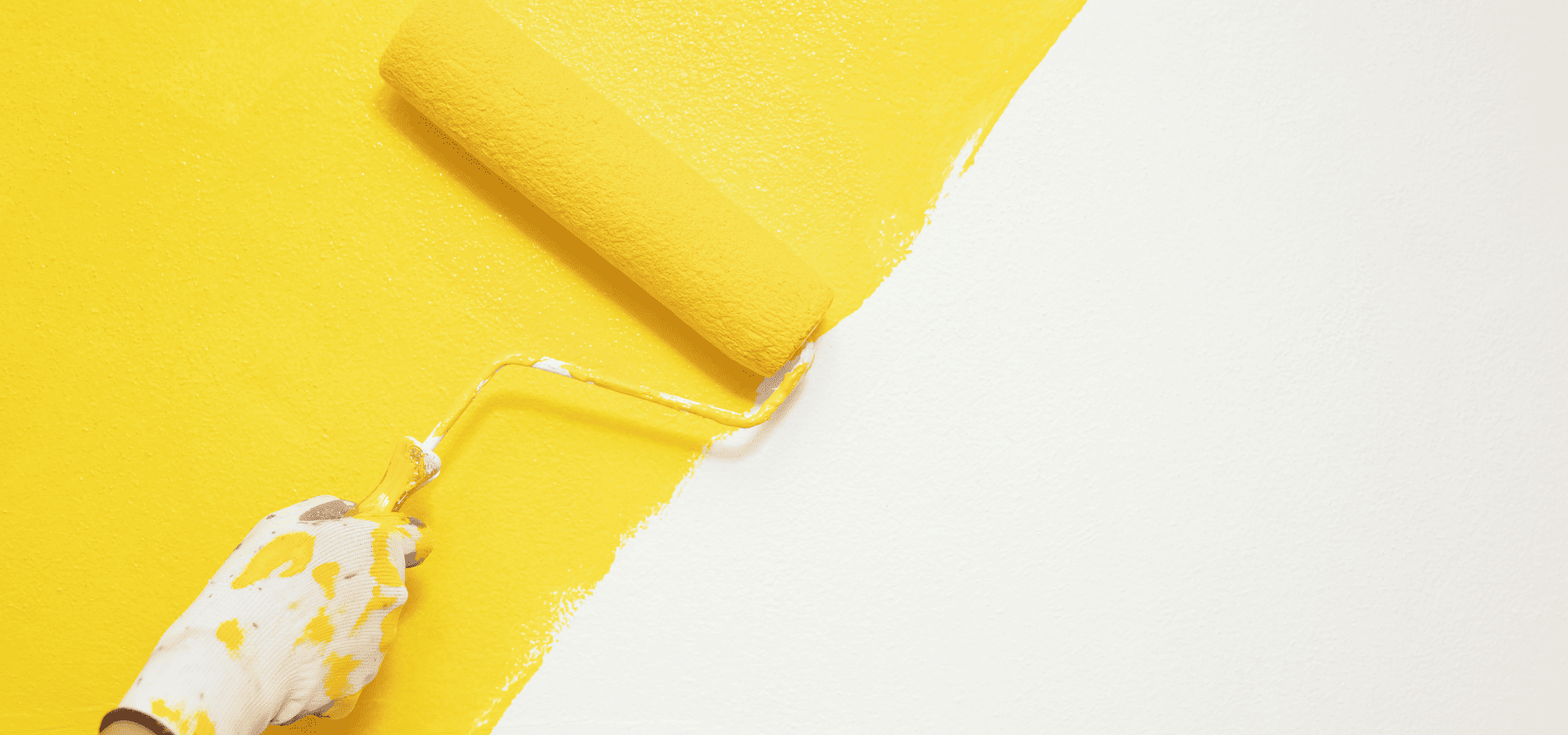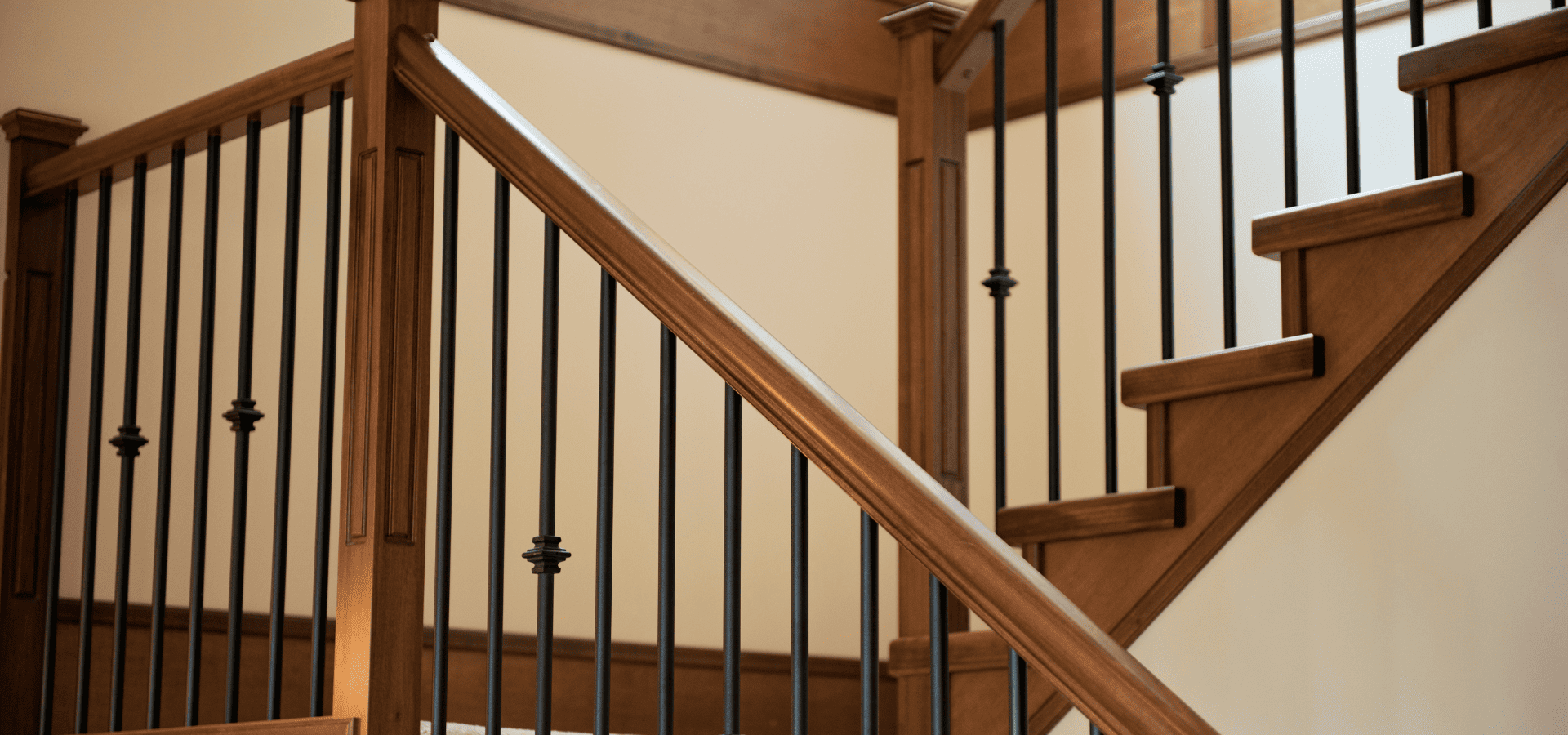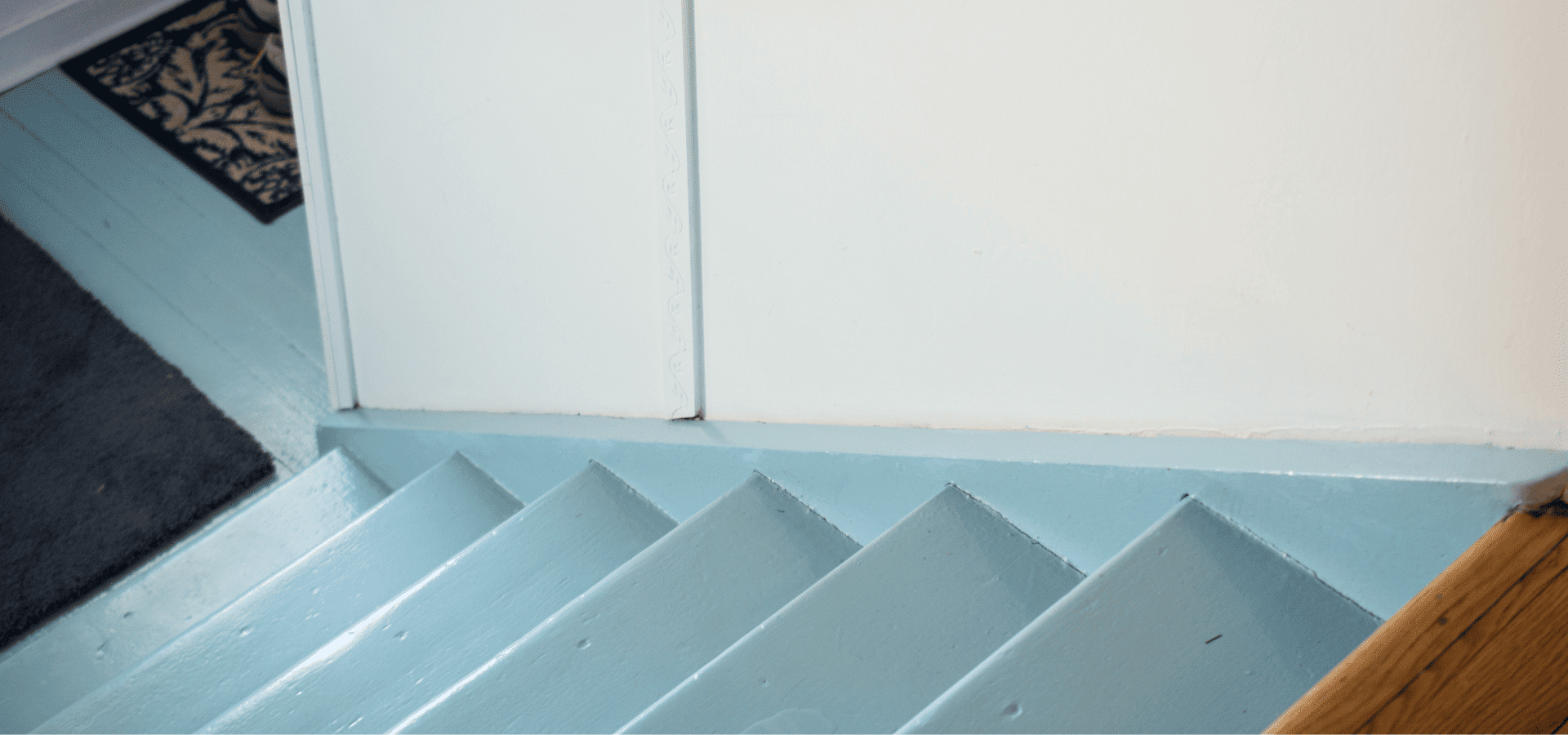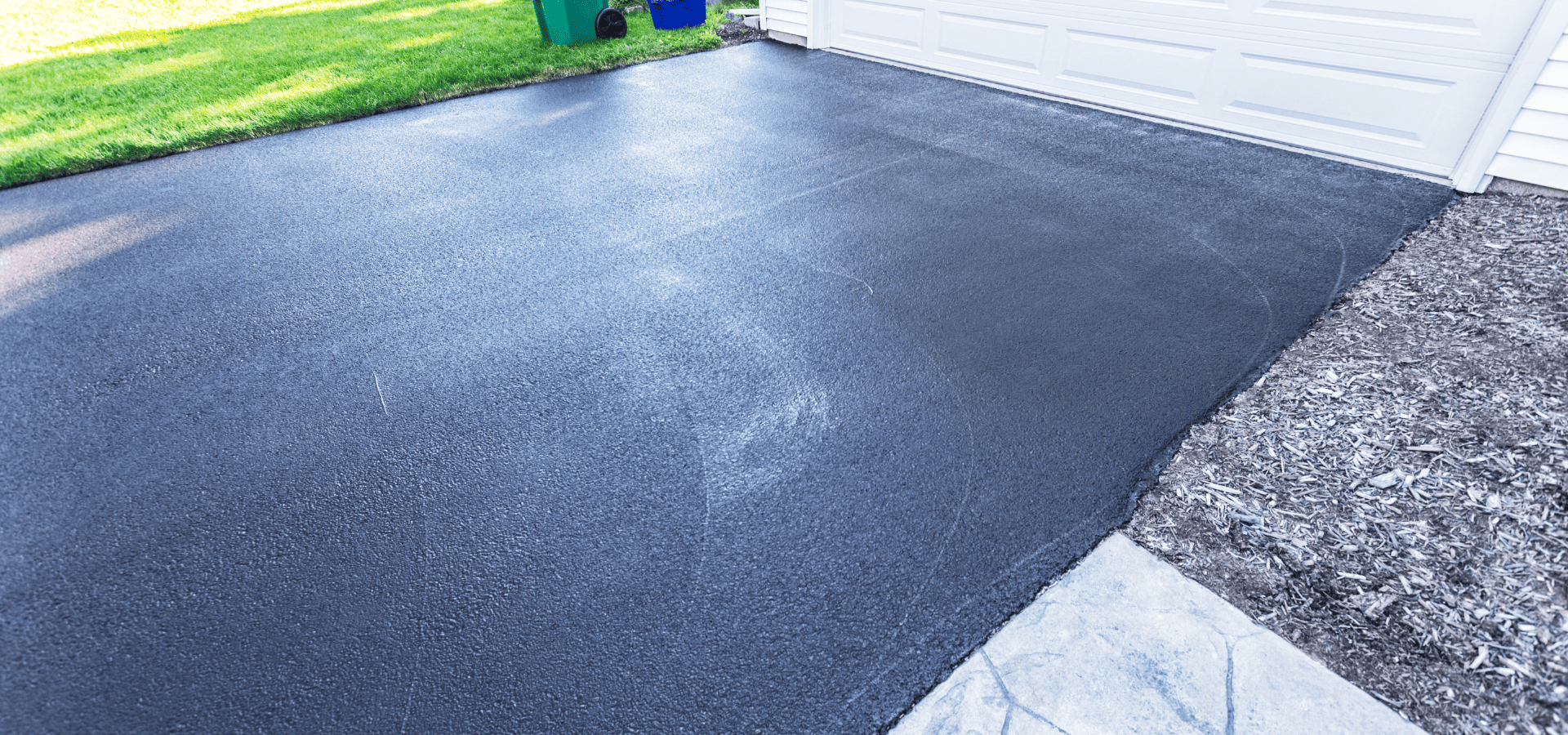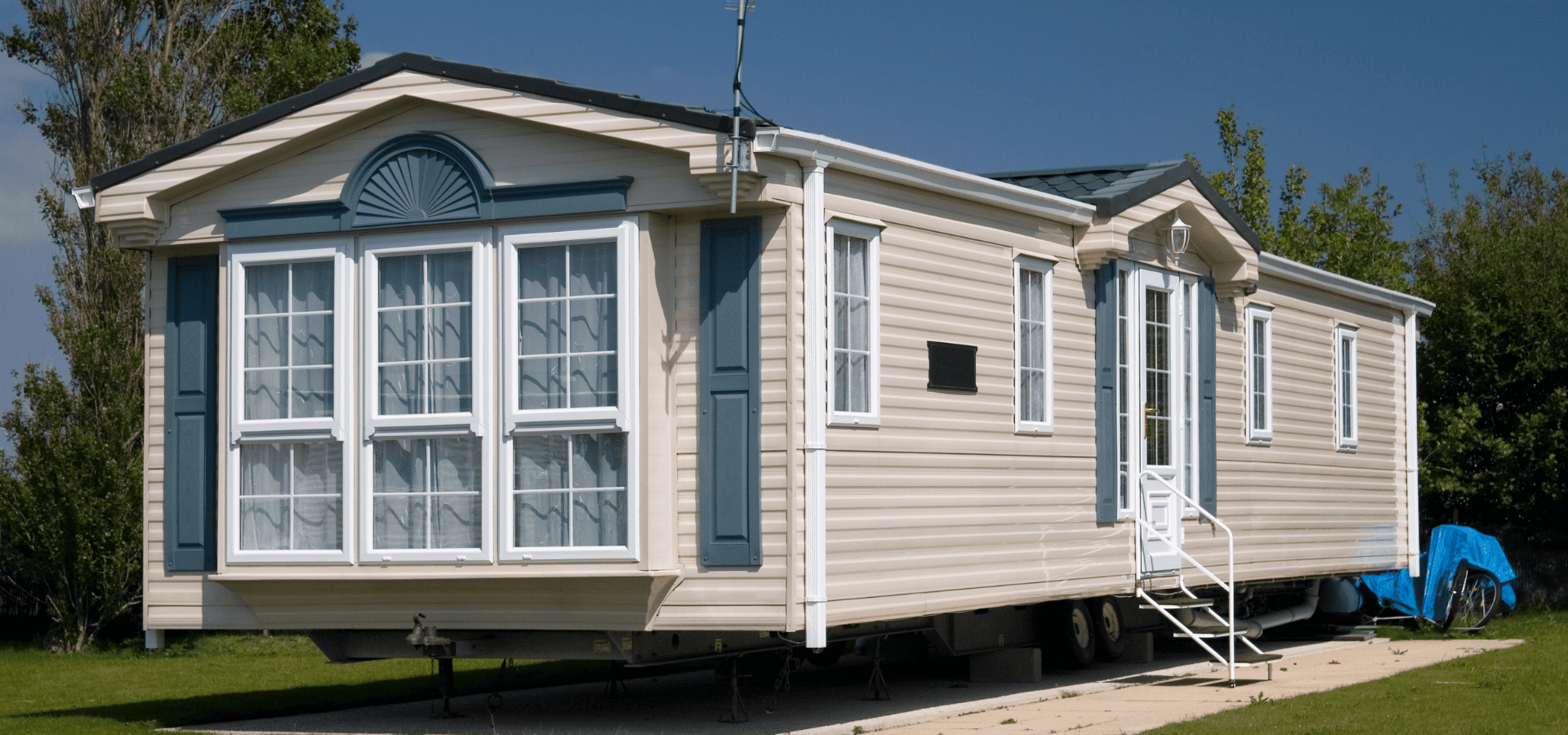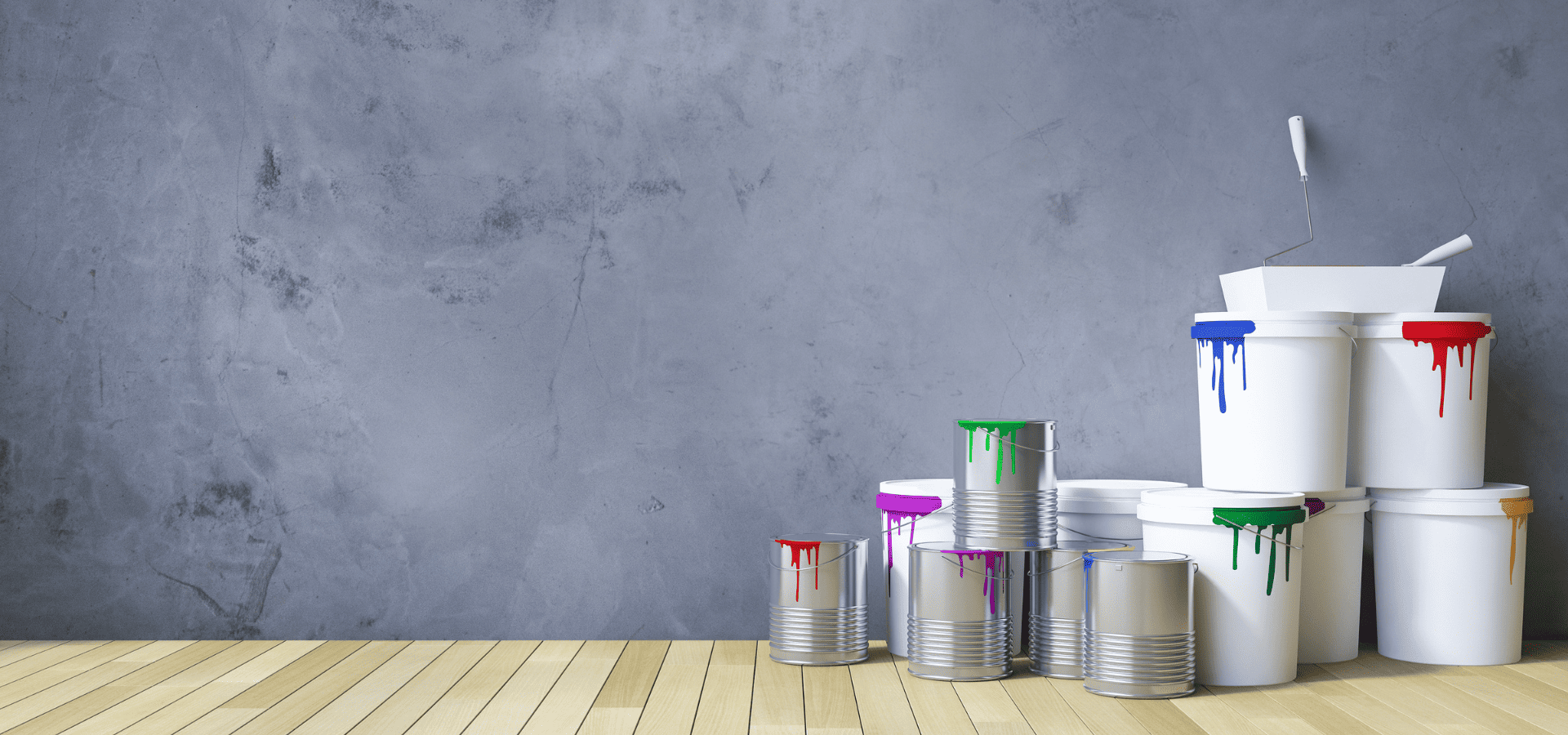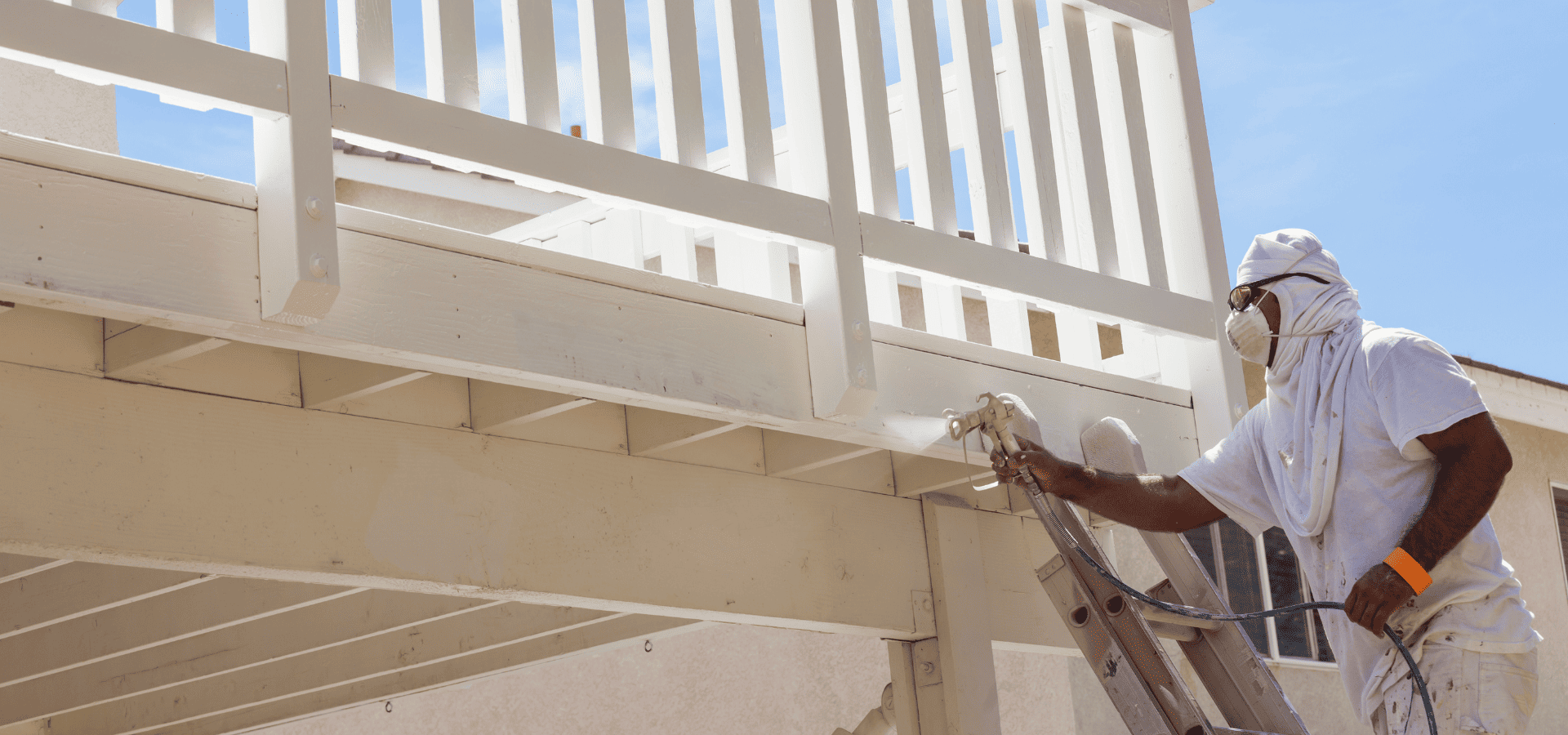Homeowner’s Guide To Eco-Friendly Low-VOC Paints

VOCs (volatile organic compounds) are chemicals that help traditional paints dry quickly and adhere well.
If you can smell that fresh paint smell, it means that your paint contains VOCs.
These chemicals are necessary for paint performance, at least for traditional paint, but unfortunately, they also pose health hazards and environmental risks.
VOCs can cause headaches, dizziness, nausea, liver and kidney damage in the long term, and various other health issues. And kids, seniors, and those with asthma or allergies are more prone to those effects.
This isn't usually a problem outdoors since they dissipate quickly, but indoors, in an enclosed space, with possibly poor ventilation, VOC levels can get quite high, leading to negative health effects.
According to the Environmental Protection Agency (EPA), after a paint project, indoor VOC levels can be up to 5 times higher than outdoor levels.
Obviously, this is less than ideal, which is why it's worth paying more for low or even zero-VOC paints.
Still, some would argue that it's only a one-off painting project, so as long as there's proper ventilation, higher VOC levels won't pose an issue.
We're here to tell you that's not true.
But we're also aware you won't just take our word for it —
and you shouldn't.
Instead, read on to learn about what VOCs are, why they're needed, how much lower-VOC paints cost, and how to actually find them. Then, decide for yourself whether they're truly worth it.
Let's begin.
What Are VOCs?
First things first, let's go over what VOCs are, because if they're so harmful, why the heck do we put them in paints?
VOCs are organic compounds that evaporate easily at room temperature. As paint dries, VOCs get released into the atmosphere, a process known as off-gassing.
In other words, after the project is completed, the paint continues to release VOCs for days, weeks, or even longer.
The thing is, VOCs are essential for traditional paint to adhere well and dry quickly. Without them, you could be waiting hours or even days for the paint to dry, and it wouldn’t adhere well, which means it’d start peeling in no time.
Thankfully, the good news is that with the advancements in technology, today’s paints no longer require such a high amount of VOCs to function well. Some don’t even require VOCs at all.
Here’s how modern low-VOC paints perform.
Performance Of Low-VOC Paints
Lower-VOC paints are every bit as high-performance as high-VOC paints, and can even beat high-VOC paints in certain aspects. Here’s how they match up.
Application & Ease Of Use
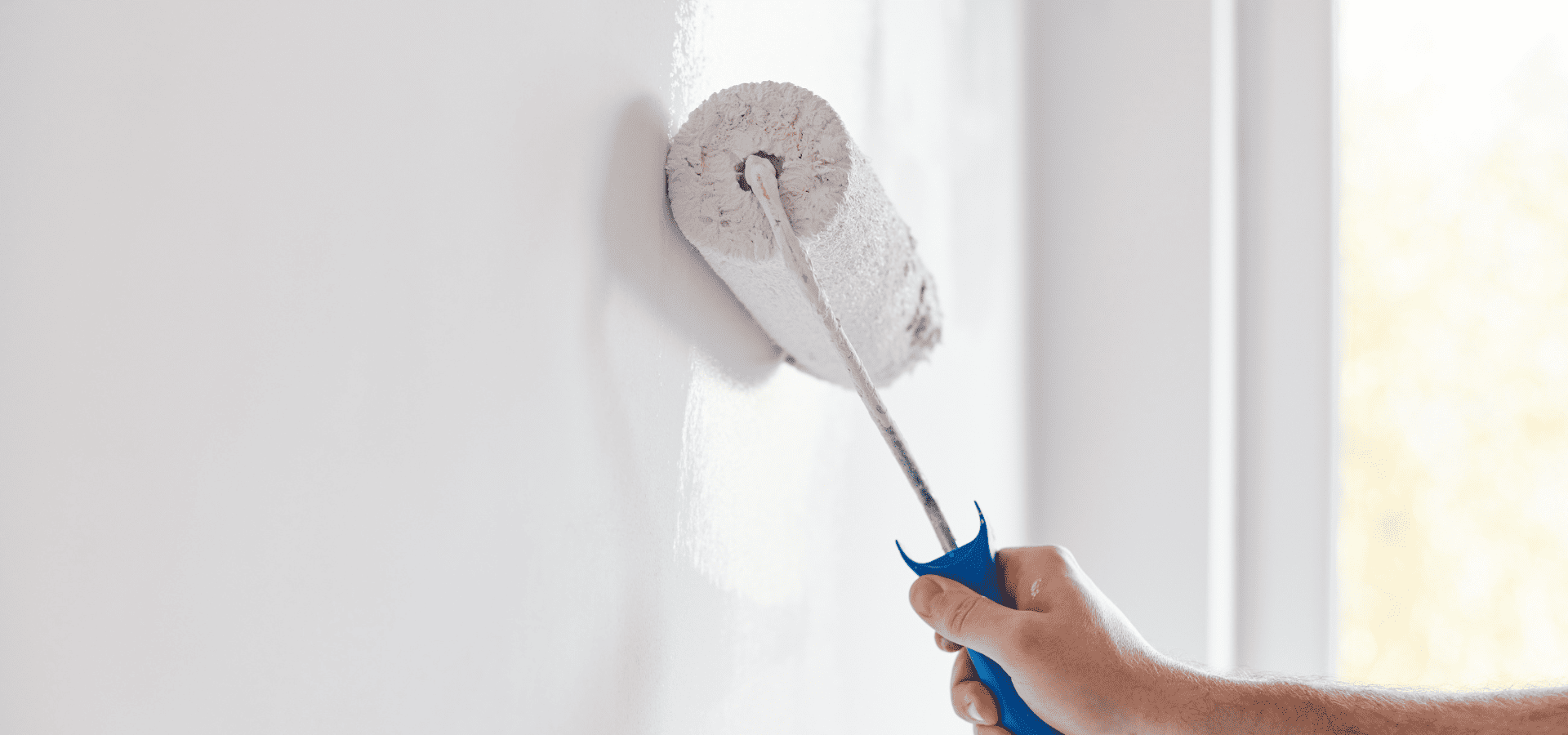
Modern low-VOC paints can adhere to walls as well as high-VOC paints, dry as quickly as them, and be rolled on as smoothly as them.
You won’t have to worry about longer drying times or poor adhesion.
Durability & Cleanability
One of the biggest concerns with low-VOC paints is that they’re not as robust as high-VOC paints.
However, modern low-VOC paints can retain their color and resist stains every bit as well as high-VOC paints. They also come in various finishes, including the same easier-to-clean finishes like gloss, that high-VOC paints come in.
So in terms of durability and cleanability, lower-VOC paints aren’t inferior in any way.
Color & Finish Range
In the early days of low-VOC paints, deeper and darker colors were often a challenge, as the pigments used for rich tones often contained VOCs. Finishes were also largely limited to flat or eggshell.
Nowadays though, lower-VOC paints come in the full spectrum of colors and finishes that high-VOC paints do.
All in all, whether it’s application, durability, cleanability, or aesthetic range, lower-VOC paints don’t lose out in any way to high-VOC paints.
So why doesn’t everyone use them? After all, they don’t perform any worse and they’re healthier, right?
Well, one of the main reasons is cost, but it’s not the only one.
Here’s why lower-VOC paints aren’t more widely used.
Why Don’t More People Use Lower-VOC Paints?
It boils down to a few things. Cost is definitely one of the main reasons, but it’s not the only one.
Another large contributing factor to people not using lower-VOC paints is simply a lack of awareness. They either don’t know that VOCs are even an issue, or they don’t know that there are better, lower-VOC alternatives.
Certain homeowners also find it hard to believe that lower-VOC paints can perform as well as their unhealthier counterparts, even though they’ve been proven to perform as well as or even better.
And finally, some contractors just choose to stick with whatever they’re using, whether it’s for convenience or because they cost less.
Since you’re here, you’re already aware that lower-VOC options exist. And hopefully, you trust science-backed claims that they perform as well as their higher-VOC counterparts.
So the only obstacle left should be cost.
If lower-VOC paints cost a bomb more than higher-VOC ones, then it’s valid to settle for the latter.
But they don’t, and that’s great news. You’ll be able to keep you and your loved ones safe from negative health effects without adding too much additional cost to the project.
Here’s how much lower-VOC paints cost as compared to normal paints.
How Much Do Lower-VOC Paints Cost?

Lower-VOC paints are undoubtedly more expensive, because they're more expensive to produce and to be certified for.
VOC paints replace the chemical solvents that contain VOCs with non-toxic alternatives like water-based carriers or plant-based solvents, which are more expensive to source and manufacture, adding to the cost of production.
Then, to be certified, they need to fork out testing, compliance, and auditing fees. Manufacturers need to pay to get certified, and then continue to pay to stay certified. These further push up the cost of production.
Having said that, low-VOC paints aren't going to cost you an arm and a leg.
They usually only cost about
$10-20 more per gallon. For a typical 12 x 12 ft room that would require 2-3 gallons of paint for two coats, that adds up to just $20-60 more.
Here's a comparison of the costs of standard paint, low-VOC paints, and zero-VOC paint.
| Paint Type | Approx. Cost Per Gallon |
|---|---|
| Standard Interior | $20–30 |
| Low-VOC Paint | $35–50 |
| Zero-VOC Paint | $45–60+ |
If you're opting for the more premium zero-VOC option, it'll be slightly pricier, but even then, it's not a huge sum.
Also, consider that lower-VOC paints, like we explained, can perform even better than regular paints. They can offer better coverage, which means fewer coats or less paint needed.
Instead of 3 coats, just 2 or even 1 might suffice. This helps offset some of the added cost, making the price difference even smaller.
So really, lower-VOC paints are just a little bit higher in cost.
When you consider how much healthier and safer they are, it's a small price to pay, especially for more vulnerable groups of people.
Which Groups Of People Need Lower-VOC Paints?
Everybody should be using low or zero-VOC paints, but there are certain groups who particularly need them, because VOCs are more dangerous to them.
People With Sensitivities
For those with allergies, asthma, or chemical sensitivities, even low levels of VOCs can easily trigger their conditions.
For people with allergies, VOCs can irritate the respiratory tract, causing sneezing, runny nose, and itchy eyes. For people with asthma, VOCs can worsen their symptoms or trigger attacks. And for those with chemical sensitivities, they can experience headaches, fatigue, brain fog, and nausea or dizziness.
VOCs affect everyone, but people with sensitivities are affected even more severely, and it takes much lower levels of VOCs to trigger those negative effects.
As such, for people with sensitivities, lower-VOC paints are a non-negotiable.
Children, Babies, And Pets

Children and babies generally have weaker immune systems than adults, as their lungs and immune systems are still developing.
And pets like dogs and cats have smaller, more sensitive respiratory systems, which make toxins more impactful.
When children and babies are exposed to VOCs, it increases their risk of asthma or allergy development and exacerbates any existing breathing problems.
Needless to say, this is extremely harmful for children, and even more so for babies.
Pets, with their smaller and more sensitive respiratory systems, can be easily affected by VOCs, leading to problems like coughing, labored breathing, vomiting, or lethargy.
As such, if you’re painting nurseries, playrooms, pediatric bedrooms, or if you have pets at home, it’s highly recommended that you opt for low or even zero-VOC paints if possible.
How To Find Truly Safe Low-VOC Paints
It isn’t just as simple as looking for the low-VOC label. Even if a paint has low VOC levels, it can still have other harmful additives like ammonia.
To ensure it’s really safe and healthy, not just low in VOC, you need to look for certifications with high safety standards and strict testing requirements for approval.
Here are the certifications to keep an eye out for.
Green Seal
Green Seal certification looks at not just VOC levels, but also the presence of other toxic additives, the paint’s performance, and sustainability.
To be Green Seal-certified, paints need to have low VOC content, no toxic ingredients, be environmentally friendly, and meet high standards for coverage, durability, and application.
In other words, it means your paint is safe, healthy, sustainable, and will get the job done — it’s not just low in VOCs.
To know if a paint is Green Seal-certified, look for a circular seal with a green checkmark and the words “Green Seal” around it.
GREENGUARD & GREENGUARD Gold
GREENGUARD and GREENGUARD Gold focus on air quality. They take into account VOC emissions, but do not factor in paint performance and may still allow for toxic ingredients, as long as those ingredients don’t get released into the air but stay in the paint.
The GREENGUARD label means the paint has been tested for chemical emissions and was found to meet indoor air safety standards. GREENGUARD Gold takes it one step further — GREENGUARD Gold-certified paints are safe enough for schools, daycares, and healthcare settings.
GREENGUARD and GREENGUARD Gold are essentially safety certifications. They don’t tell you anything about the performance of the paint, but they guarantee that it’ll be safe enough to use indoors.
The GREENGUARD or GREENGUARD Gold label won’t always be shown on the paint can. Sometimes, you’ll have to check the manufacturer’s website or the product specs.
Generally speaking, either a GREENGUARD or Green Seal certification is enough. Brands don’t usually get both, because any one of them is already enough to prove their product’s safety.
How To Find Eco-Friendly Low-VOC Paints
Low-VOC doesn’t automatically make a paint eco-friendly. It can still contain toxic additives that harm you and the environment.
Truly eco-friendly paints should have these qualities:
- Low or zero VOC content (5–50 g/L or lower)
- Water-based formulation
- Non-toxic ingredients, avoiding things like ammonia or formaldehyde
- Sustainable practices such as recycled packaging or reprocessed paint options
To identify eco-friendly paints, again, it comes down to certifications. Green Seal is one such certification, but there are a few other notable ones for eco-friendliness. These include:
- Cradle to Cradle
- Declare
- EU Ecolabel
- MPI Extreme Green (for extreme environmental friendliness)
Remember that for a paint to be eco-friendly, it needs to have low VOC levels, not contain toxic ingredients, which means any of these eco certifications would automatically also render the paint healthy and safe for use.
Just make sure that the eco label is either one of those from our list, or from another legitimate third-party certification body. If not, they may not be strict in their assessments and checks, and the certification wouldn’t be very reliable.
Ending Off
With that, you now know what low-VOC paints are, why you should use them, how much they cost, and how to find them.
The next step is finding a painting contractor who offers these paints. If you’re engaging a
house painter who doesn’t offer these paints, you can also purchase it yourself and request that they use that paint.
Just note that contractors usually have access to better prices as they tend to buy in larger quantities, which is why it’s better to go with a contractor who actually stocks these paints rather than buy it yourself and have them use it.
Either way, make sure to use safer, healthier paint!
Recent Posts
